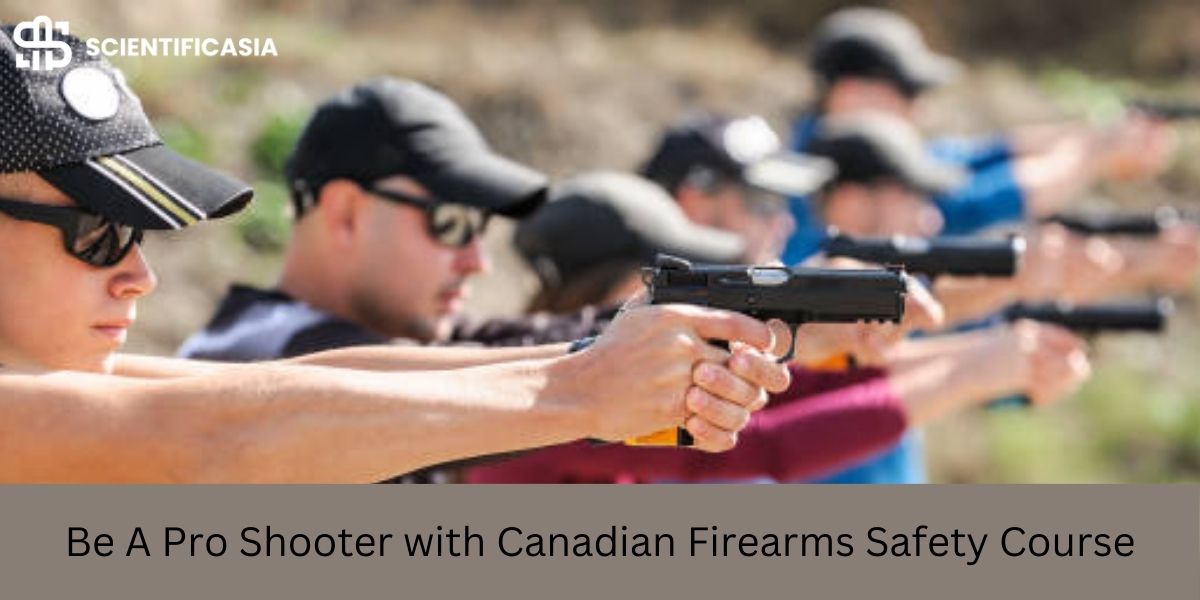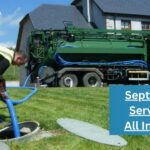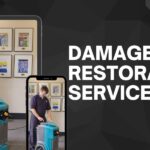Are you fond of shooting and want to learn firearms skills with safety? Enroll your name in the Canadian Firearms Safety Course. It is mandatory to get a license for a firearm as you will learn these skills for self-defense and professional purposes.
What is the Canadian Firearms Safety Course?
It is provided to civilians and this course has a duration of one day followed by written and practical tests. Providing basics of firearms safety to the participants related to storage, handling, and transportation of firearms. There are two fire-safe courses. One is the Canadian Firearm Safety Course (CFSC/ Non-Restricted) and the other is the Canadian Restricted Firearm Safety Course (CRFSC).
What about Eligibility Criteria?
- For the age under 12 years to 17 years parental consent is needed who want to own a non-restricted firearm.
- CRFSC is open to all who want to own restricted firearms.
- To get a firearm license you should pass both courses with an 80% mark in each class.
- Under 18, not eligible to own a firearm under restricted firearms safety course.
Where you can find these courses?
There are three centers for firearms safety courses headed under the RCMP. You can find these courses in Ontario, Toronto, and Brampton.
What should be covered under Canadian Firearm Safety Courses?
Before enrolling in the course you should have detailed information about the online courses. Along with that, you must be clear about which course you want to enroll your name. Here you will get all the details about both the courses.
Major Types, Parts, and Actions of Firearms-
For CFSC (Non-restricted), the major types of firearms are rifles, short guns, and semi-automatic center-fire long guns.
For CRFSC, major firearms are handguns and semi-automatic rifles.
You must know about the parts of a firearm for safe shooting and all these you learn at CFSC. Here are some major parts of the firearm- barrel, firearm muzzle, safety lock, and trigger.
Major Actions-
Loaded the firearm
Bolt Action and Semi-automatic
Trigger Action
Basic Firearms Safety Practices-
Some basic firearm safety practices include- keeping the muzzle pointed in a safe direction, making sure the firearm is unloaded when not in use, and wearing eye and ear protection at the time of shooting. Other safety practices will be learned at the time of the firearm safety course.
Firing Techniques-
For better firing skills, you should know about firing techniques like- keeping yourself calm, improving accuracy and calculations, and handling the firearm and you can adopt different positions for firing i.e., sitting, standing, and lying position.
Other Things Covered by Canadian Firearm Safety Course-
Apart from the above, there are other several things that you learn at CFSC and those are- Types of ammunition
Basic responsibilities as a firearm owner
Operating firearm actions.
You may also like: 92Career: Unlock this platform for many essential skills for success
What did you learn under the Canadian Restricted Firearm Safety Course?
If you enroll for the Canadian Restricted Firearm Safety Course, then you will learn the following skills.
Handgun Firing Technique-
It is one of the most important skills for firing. Have a note on that:
- Taking a position just before hitting the target
- Proper Handgrip
- Hold a trigger properly
Care of restricted Firearms-
It doesn’t matter for which purpose you come here to learn skills. Care of firearms is a must.
- Cleaning of a restricted firearm after use
- Unload after use
- Lock the firearm with a trigger lock
- Use lubrication to preserve the functionality of firearms.
What are the responsibilities you will know after enrolling in CFSC and CRFSC?
Secure Storage–
- Store your handgun or firearm in a safer place to prevent unauthorized access.
- Secure your handgun in a gun case.
- It reduces the chance of stealing.
Display-
- When you are out of firing range, the firearm muzzle pointed in a safe direction
- At the time of display, ensure that the firearm is unloaded.
Transportation-
- Keep it in a locked container like a gun case.
- At the time of transportation, check that your handgun is unloaded otherwise, there is a chance of accidents.
Who can own a firearm in Canada?
- Professional hunter
- Trappers
- Shooters
- Gun Collectors
What after CFSC and CRFSC?
After clearing CFSC and CRFSC, you are eligible to get a firearm license popularly known as PAL (Possession and Acquisition License)
Conclusion
The Firearm Safety Course is budget-friendly and joining it is worthwhile as it is conducted under RCMP. You will get an appraisal by taking practical and written test series and accordingly, you can improve your firing skills. More practice impoverishes your firing skills and become a pro-shooter.
Read More:
The Future of AI: How Data Annotation Powers Machine Learning Models
From Desk to Destination: Streamlining Operations With Location Tracking Apps















